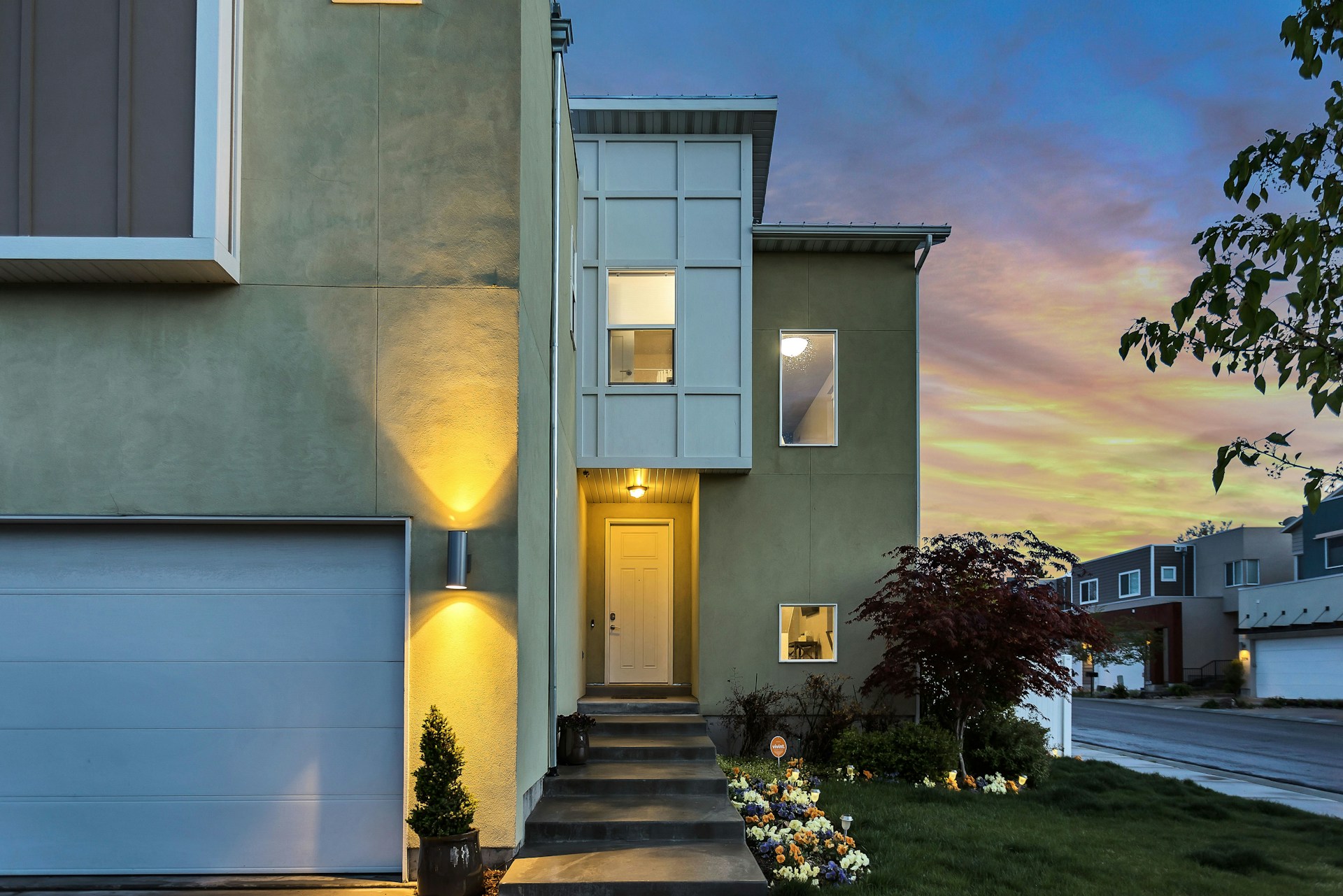How Can Homeowners Utilize Natural Light to Reduce Carbon Emissions

By: Evelyn Long
Countless outlets recommend homeowners lower their energy use by using natural light to reduce carbon emissions. Does this approach genuinely work, and if so, how does it look when the average person follows it?
Several factors coincide when determining whether opening the blinds reduces carbon emissions and home utility costs. Here is what people should know before taking this approach.
The Ups and Downs of Using Natural Light to Reduce Emissions — Does It Work?
Drawing the curtains and incorporating more natural light sounds like the perfect carbon-reduction strategy for someone dwelling in a dim New York City apartment. Say the same thing to someone living in Phoenix, Arizona, in July and they will quietly roll their eyes.
Using natural light is more sustainable than flicking on electrical fixtures. However, if doing so makes the HVAC system work harder to cool the room’s interior, it increases the overall power demand. The U.S. Energy Information Administration (EIA) says heating and cooling accounted for over half of a home’s energy consumption in 2020.
Continuously running the air conditioner or heater burns more fossil fuels unless the structure already runs on alternative, green energy. The latter is not likely — 60% of nationwide electricity still comes from coal, oil or gas.
Furthermore, natural light is not always sufficient. Even an NYC resident may still flick on the lights if their home office is in a shady corner. Some coastal cities can seem dark in stormy weather, even at noon.
Determining if Using Natural Light Is the Best Approach
To determine whether natural light is the best approach, one must understand what uses the most energy in their home. The EIA breaks down the energy use as follows:
- HVAC: 52%
- Water heating 18%
- Refrigeration 4%
- Lighting 3%
It is important to ask whether opening the blinds will cause the air conditioner to jump on. If so, homeowners negate any energy-saving benefits from keeping the lights off.
Natural light can reduce home heating bills when homeowners open east- and south-facing windows early in the morning on winter days. However, they may want to shutter some windows in the middle of August. For example, many homes throughout the Southwest feature sunscreens to block the worst radiation and heat.
Also, today’s LED bulbs are incredibly energy efficient, lasting a whopping 60,000 hours — that is nearly seven years of illumination. Leaving them burning all day would still use less energy than running the air conditioner or heater.
Bare naked windows might increase energy efficiency during the day but decrease it at night when temperatures drop. Even those who use a specialty film should have tied-back curtains they can loosen to keep out the midnight chill.
6 Methods of Using Natural Light to Reduce Carbon Emissions
Here’s the smart approach to reducing carbon emissions by using natural light.
1. Use Curtains and Blinds Wisely
Homeowners know better than anyone when to open and close certain blinds. It is still wise to consider a one-way film when using natural light is desirable, as it reduces ultraviolet rays’ damage to floors and furnishings.
A general guideline is to open the blinds on sunny days to take advantage of natural light. However, each homeowner must use judgment and remember the HVAC rule.
2. Consider an Arizona Room
Despite the name, Arizona rooms are rare, at least outside the state’s northern half. Such structures use passive solar energy to warm the interior of a home, something residents of Phoenix and Tucson do not need.
However, folks in Flagstaff — or Duluth, Minnesota, or Bangor, Maine — can add such structures to extend their outdoor living until later in the season. They can transform the space into a home office, helping them get natural sunlight during the seasons when darkness falls before 5 p.m.
3. Strategically Arrange Furniture
Placing desks or creating a cozy reading nook near a window takes advantage of natural light, letting homeowners avoid turning on the lamp while working or getting lost in a novel.
4. Install Motion Detectors
Some people forget to turn off the switch. Motion detection lights provide illumination only when they sense human presence. Using them in and out of the home effortlessly reduces energy use.
5. Install Solar Power Lights
Even those who avoid turning on the lights during the day need them at night. Using solar lamps for exterior illumination cuts a home’s overall energy consumption. Dedicated homeowners can also find versions that look nice inside, placing them outside during the day to charge and using them in the evenings.
6. Switch to Solar
Switching to solar power is the ultimate way to use natural light to reduce carbon emissions. Unfortunately, not all homeowners can afford the upfront expense, even with federal tax credits and savings on their utility bills.
However, folks can go solar in smaller ways. They’re wise to keep a few solar-powered devices like chargers for emergencies, but storing them in a closet means struggling to read the instructions in the dark during an outage. For example, a small power station and an accompanying solar panel retail for less than $400 and keep your laptop, tablet and cellphone running. Larger solar generators can power multiple devices.
Using Natural Light to Reduce Emissions
Using natural light to reduce emissions sounds good in theory. The reality is a bit trickier. Such an approach is only wise when it does not kick off your HVAC. However, savvy homeowners can still use this approach to reduce emissions and ensure the desired results.
____________________________________
Author:
Evelyn Long is a writer and editor focused on construction and sustainability. Her work can be found on Renovated, a web resource for better building and design.



